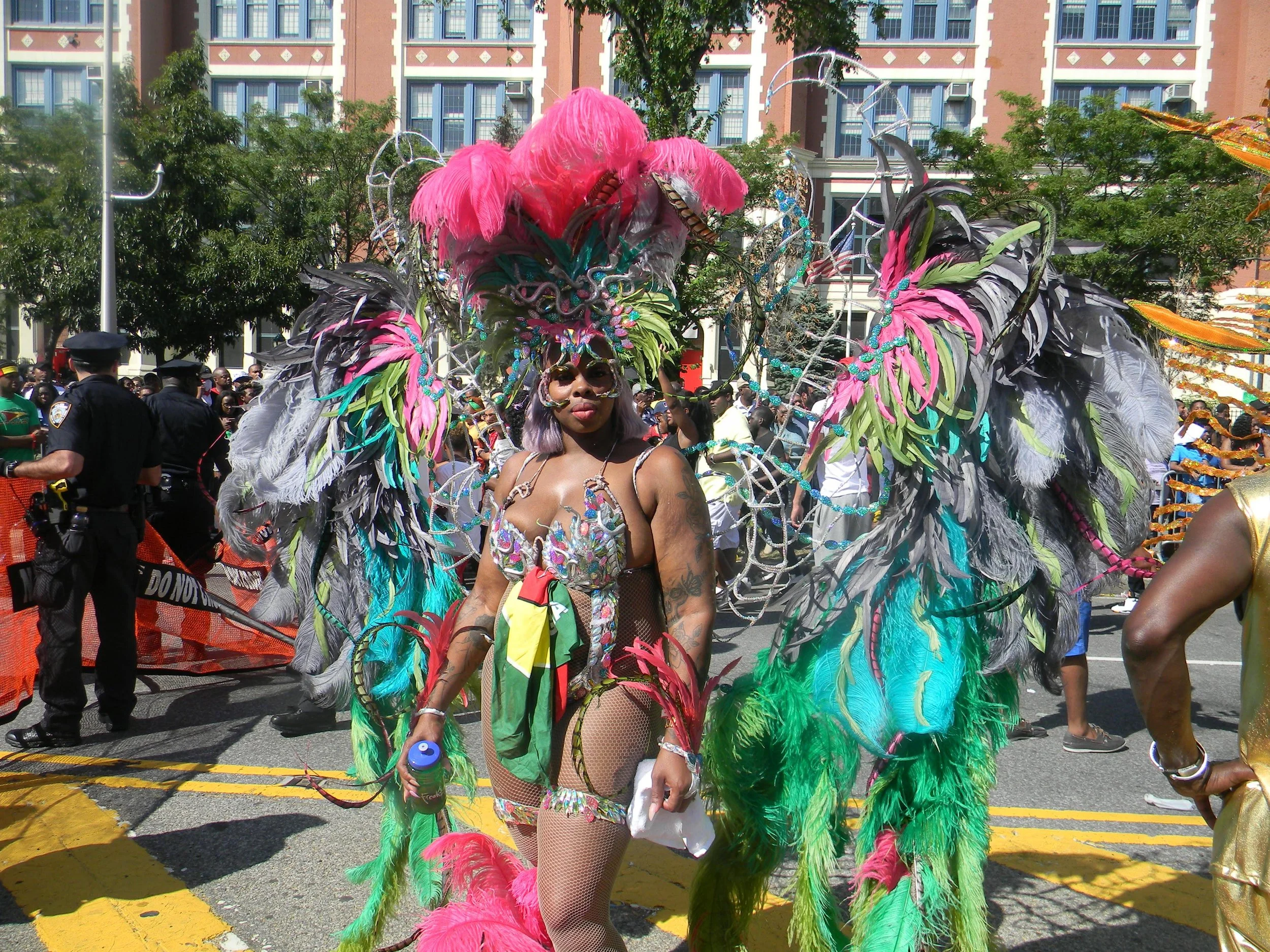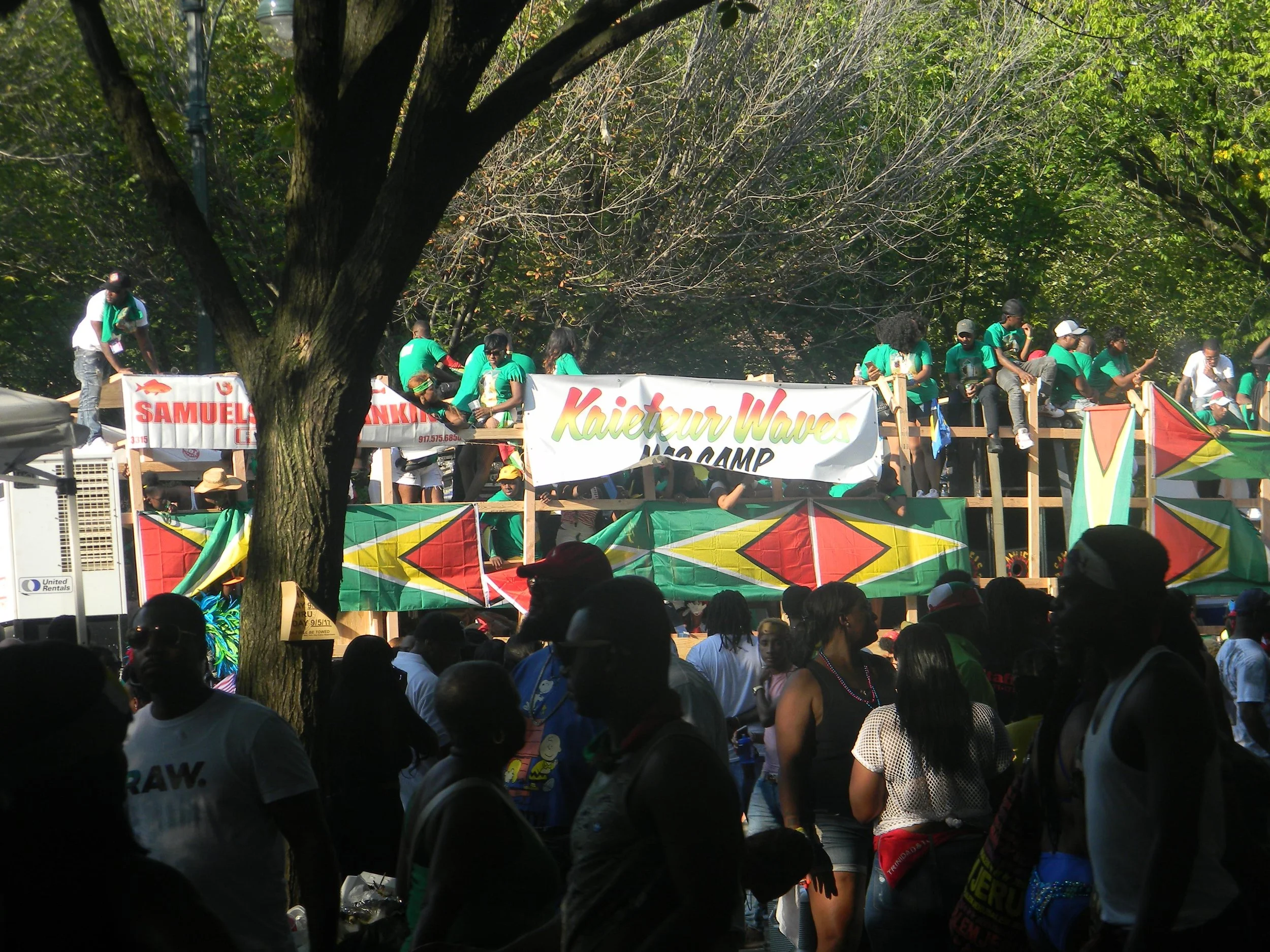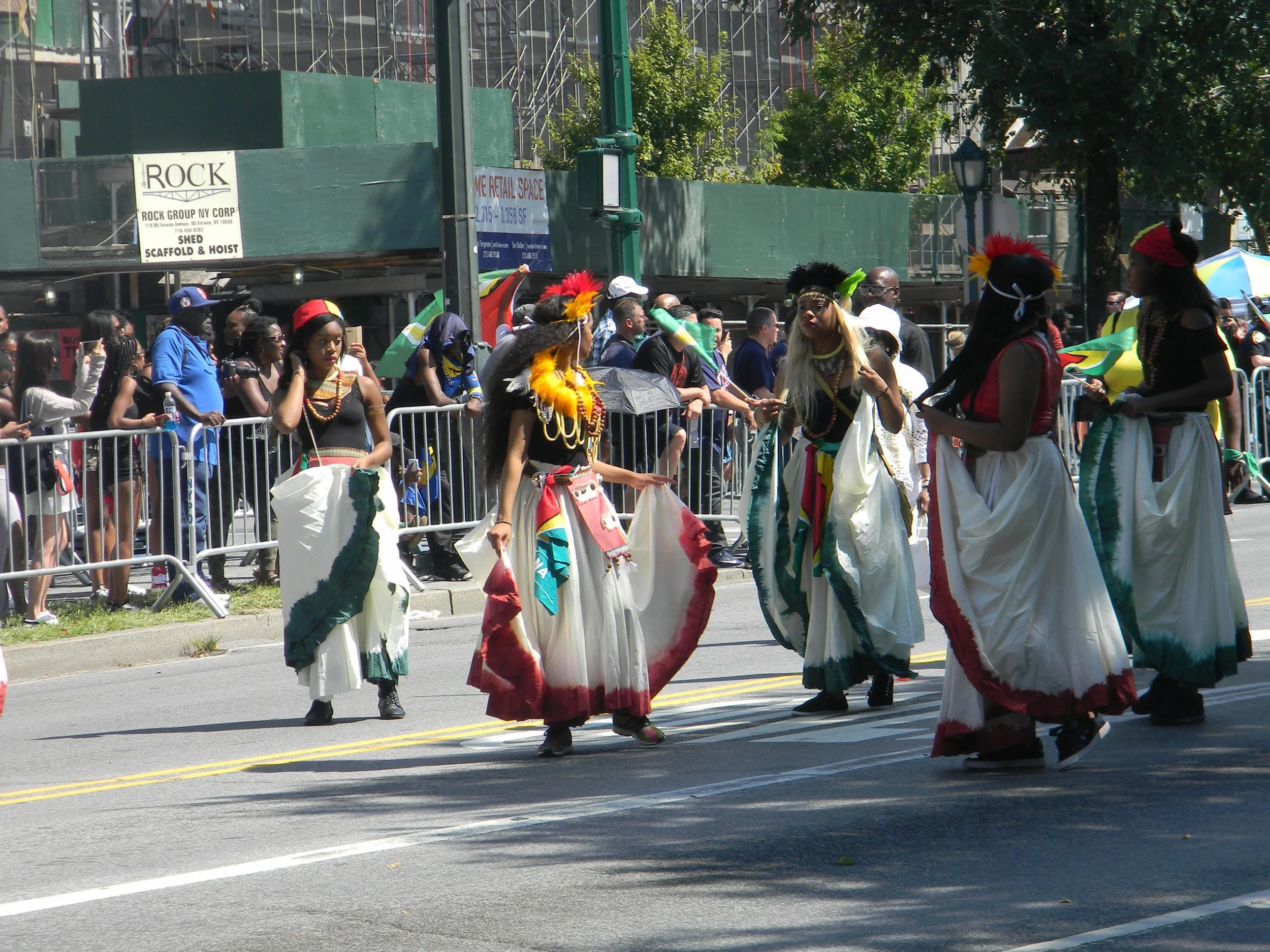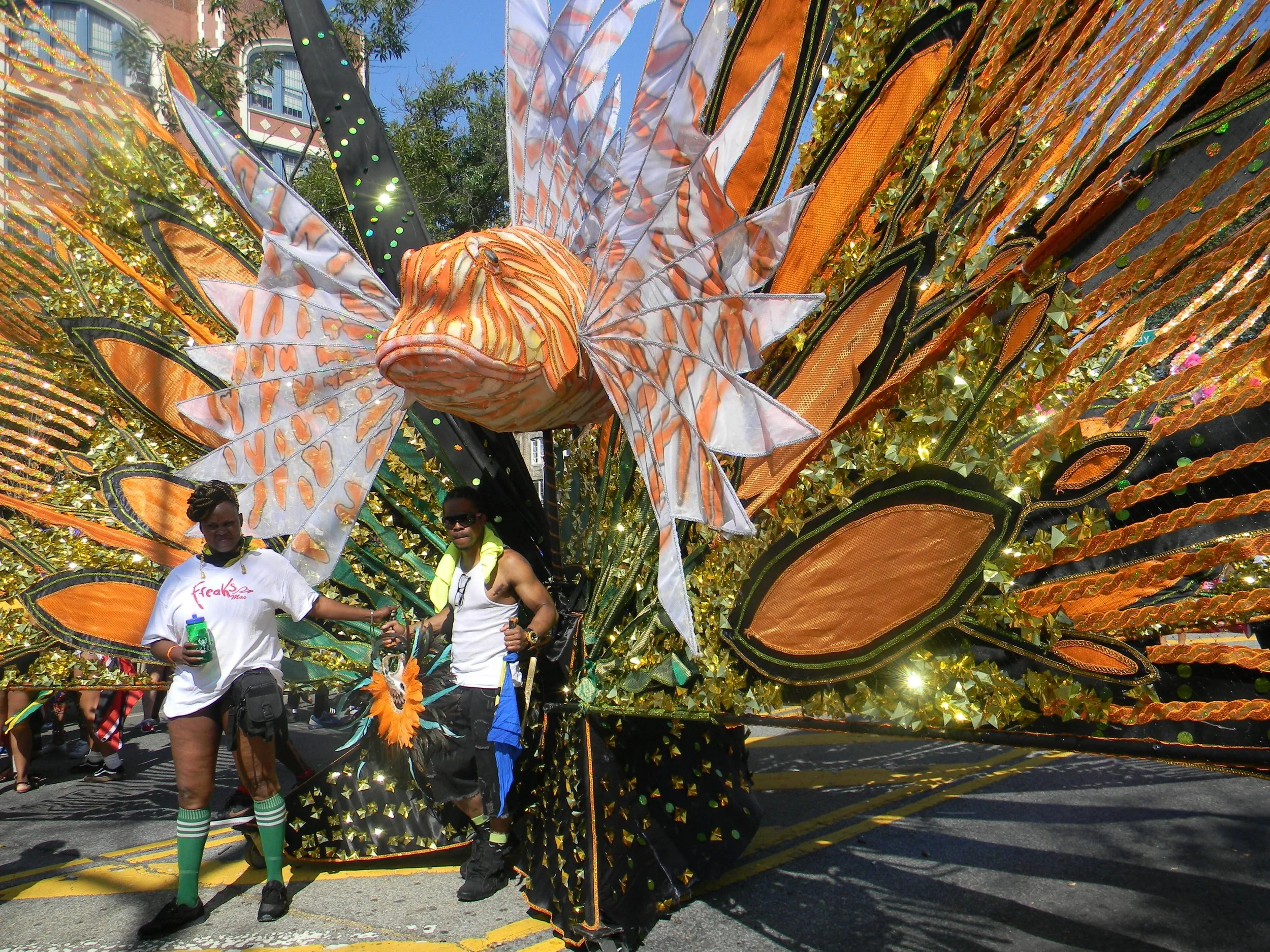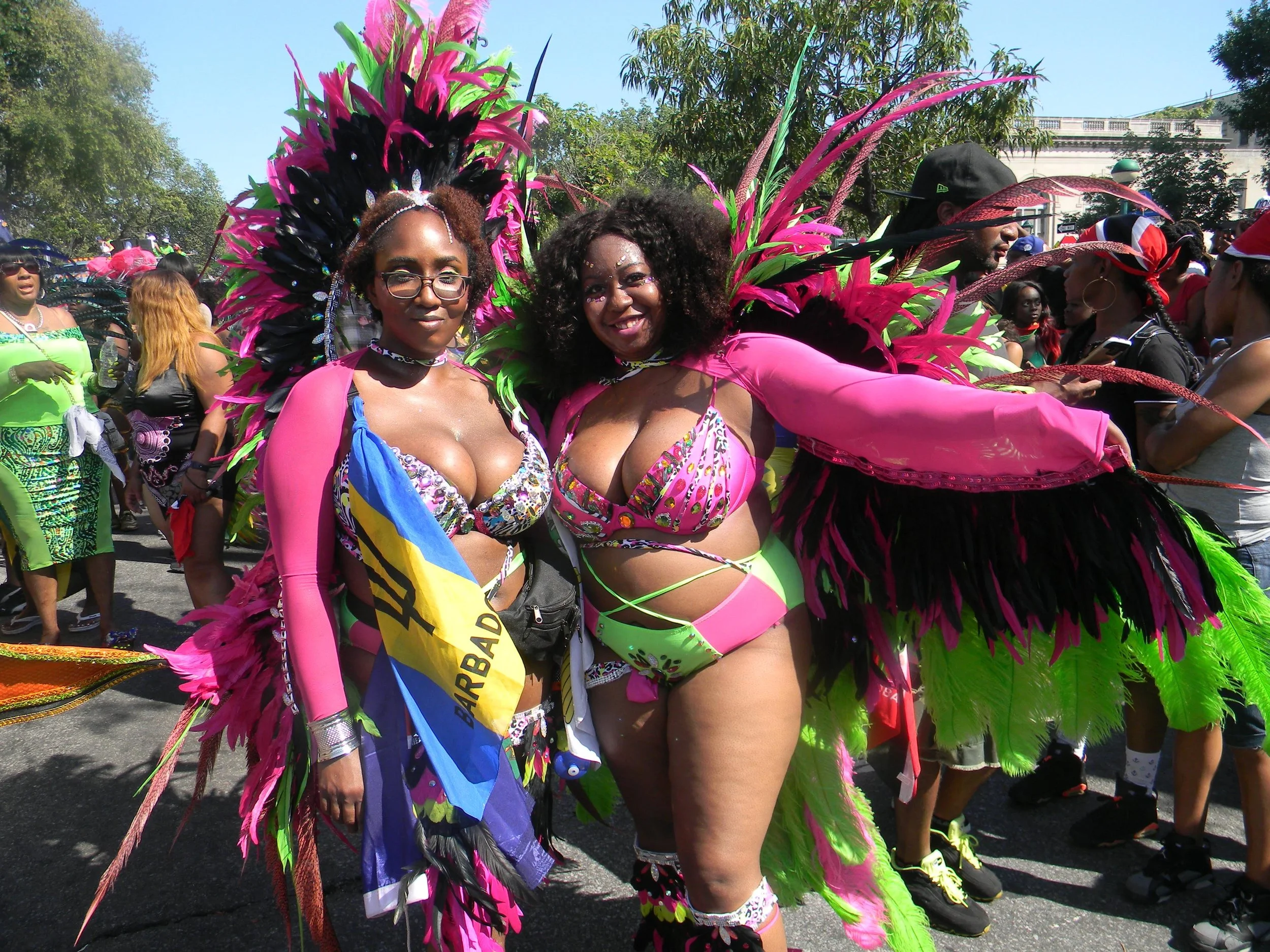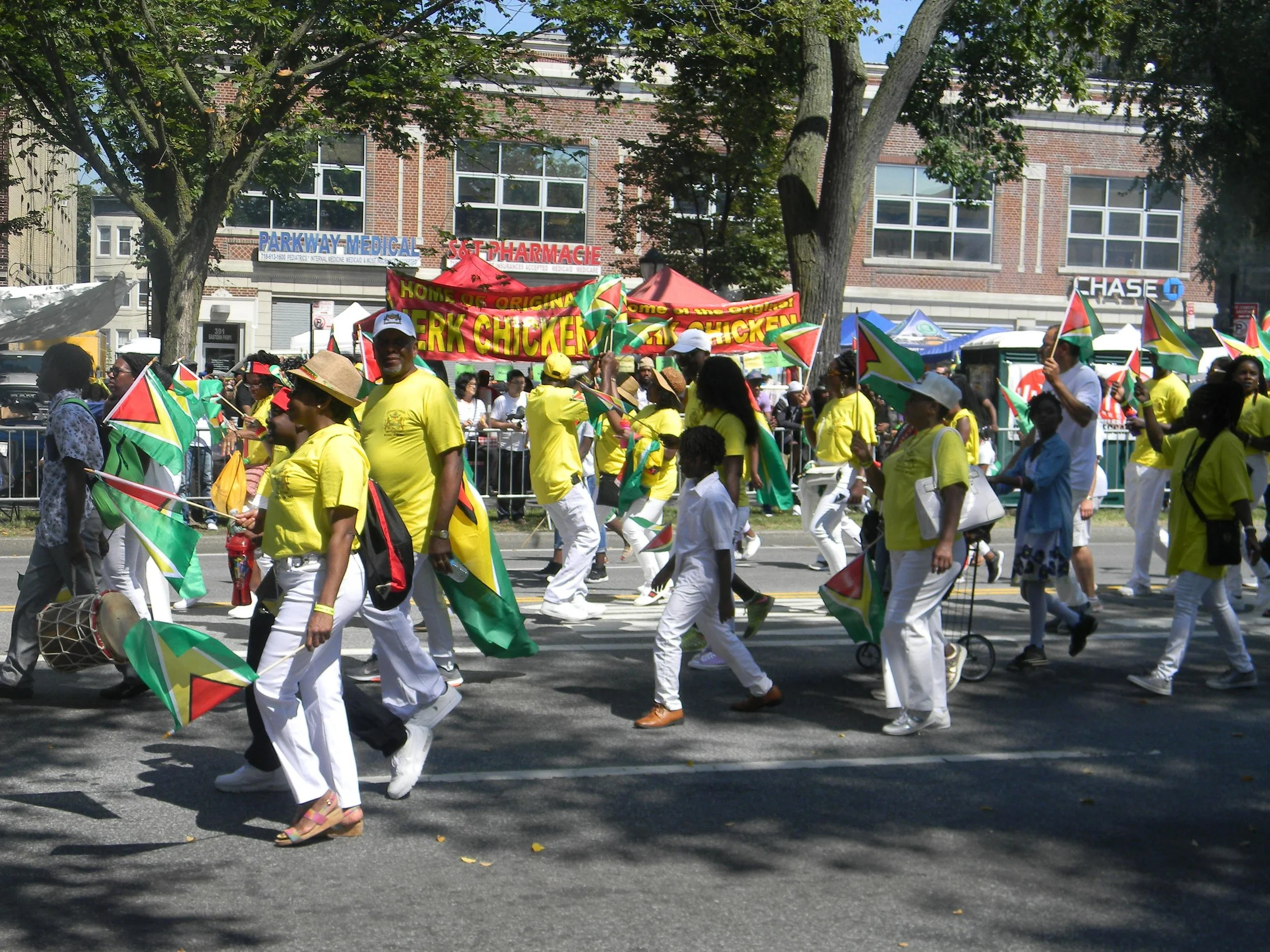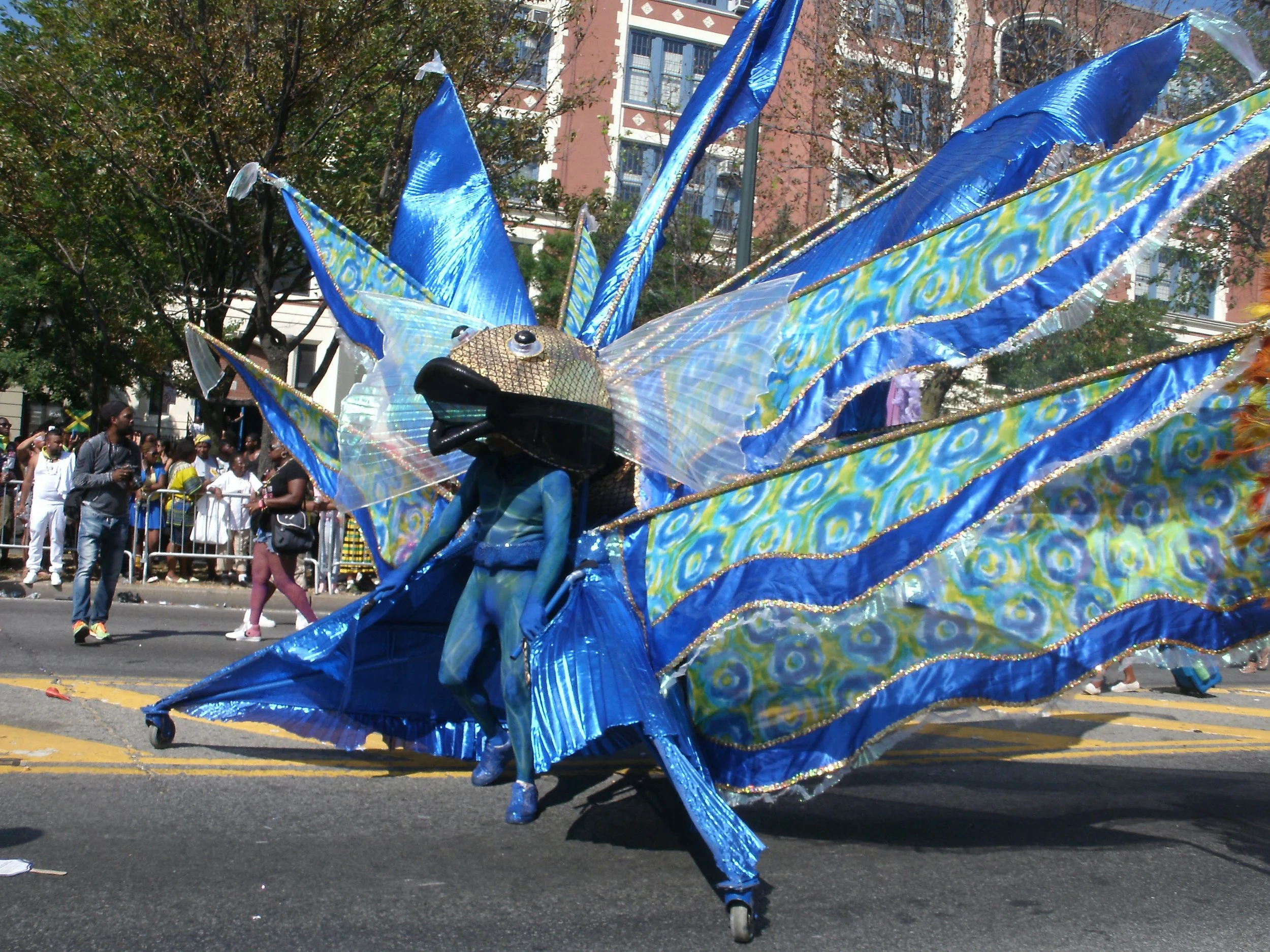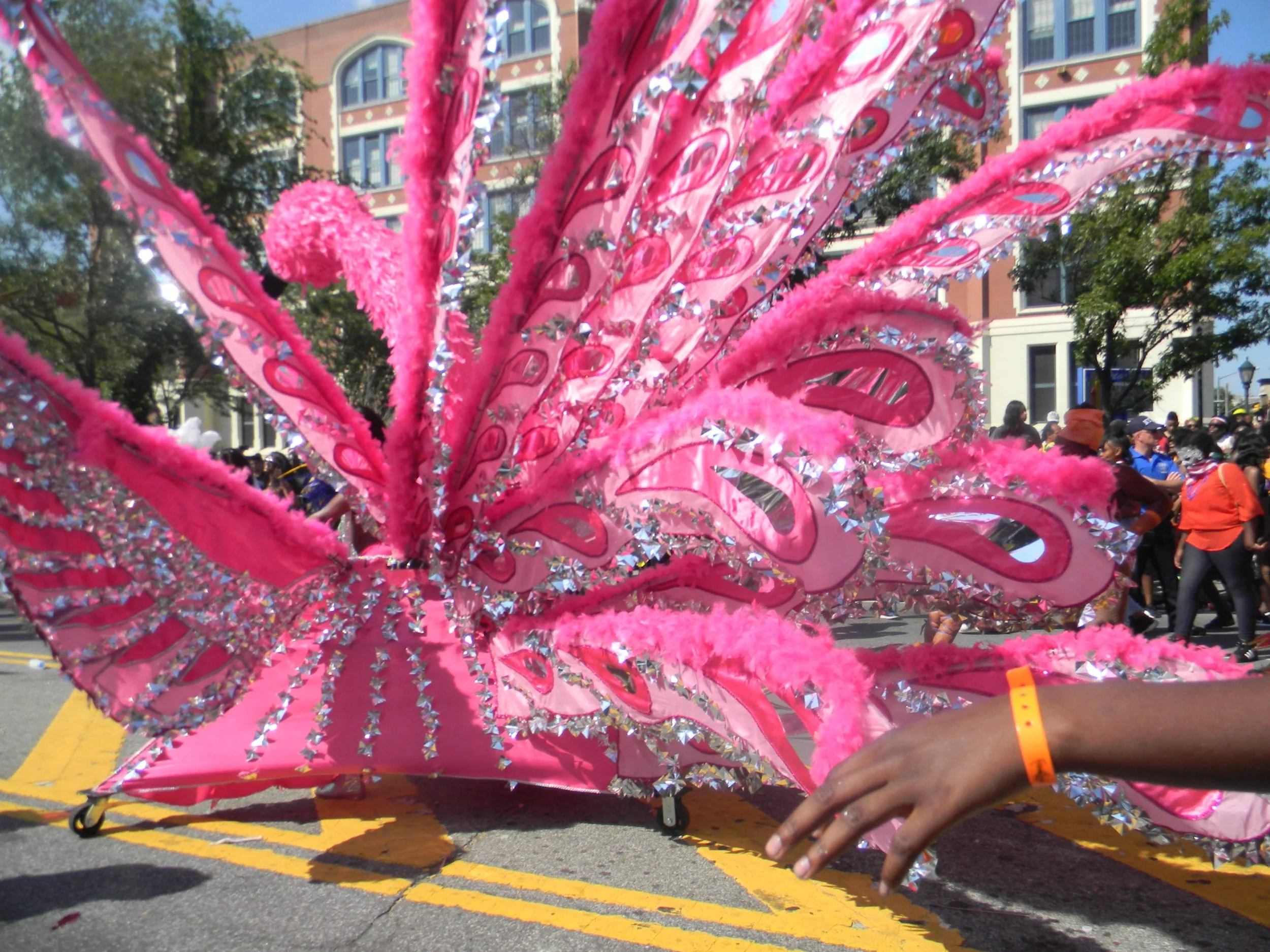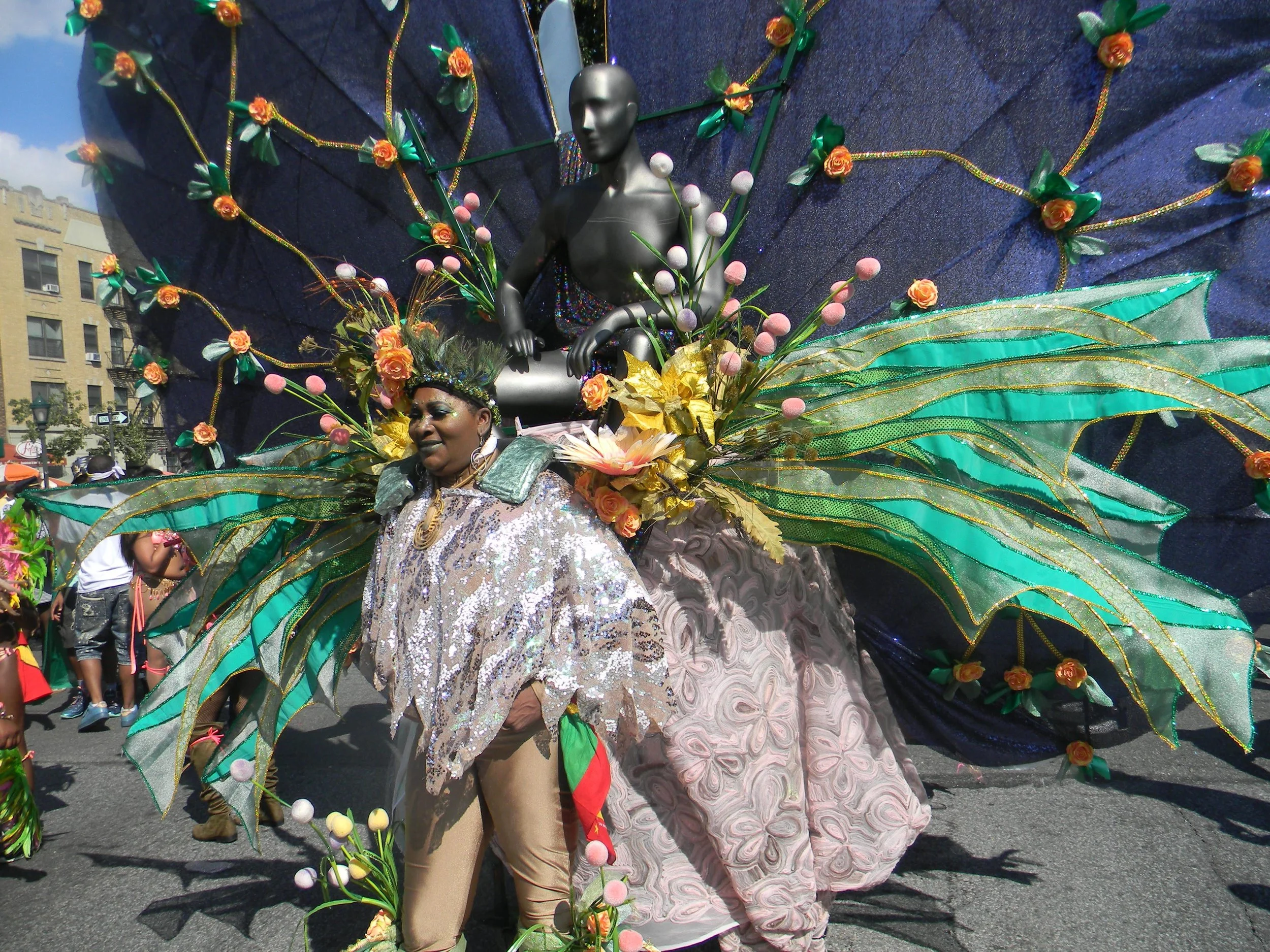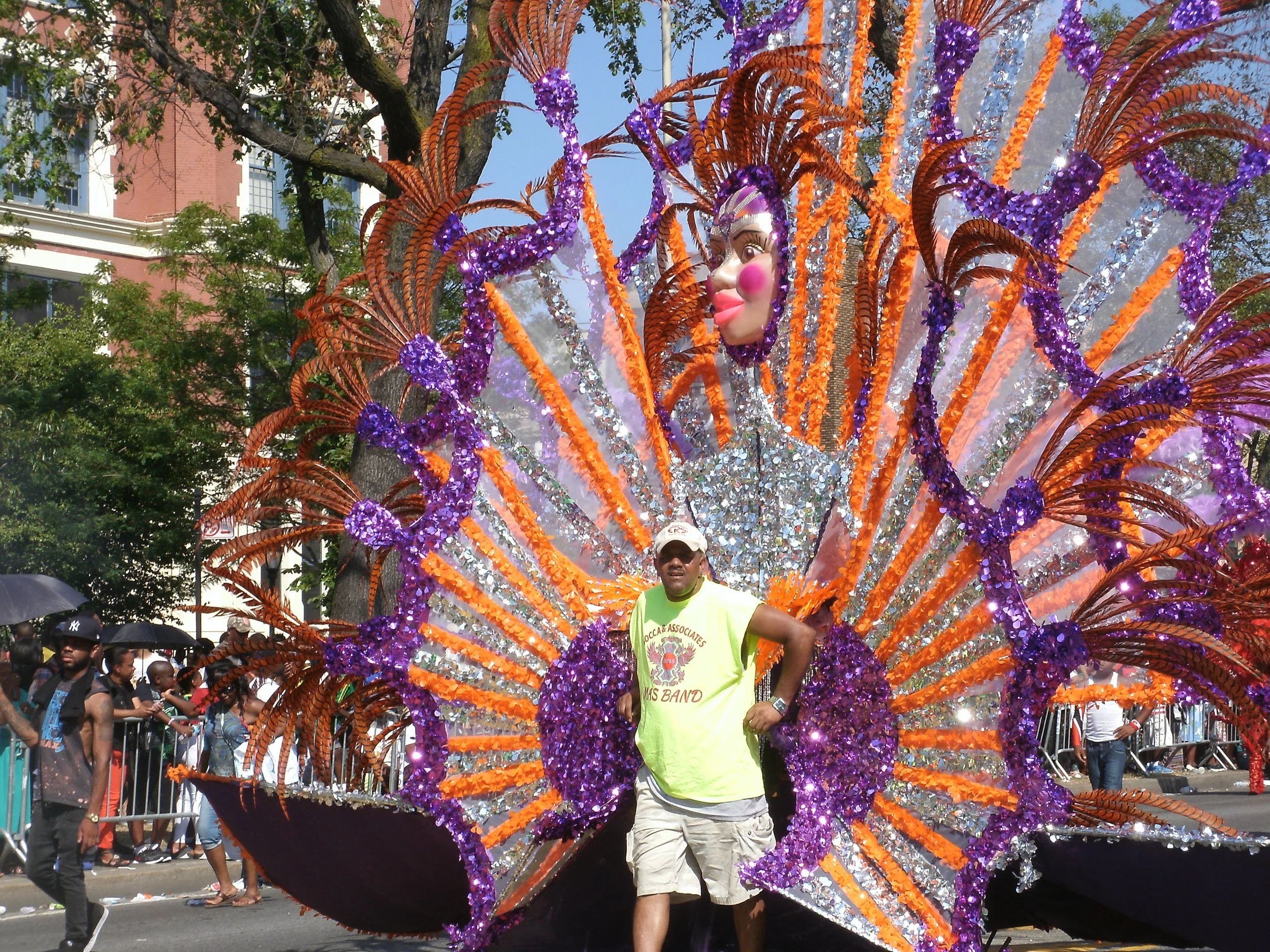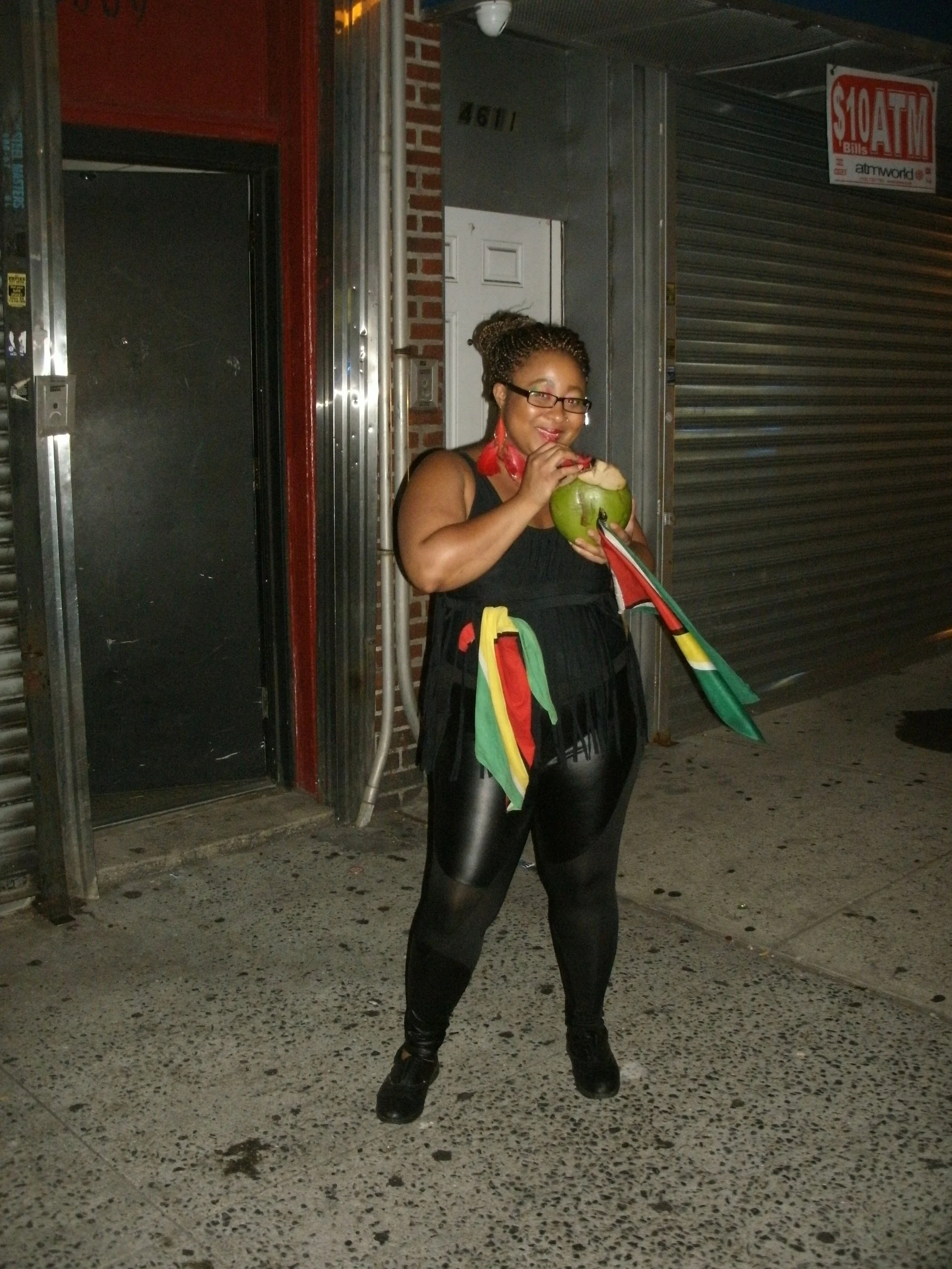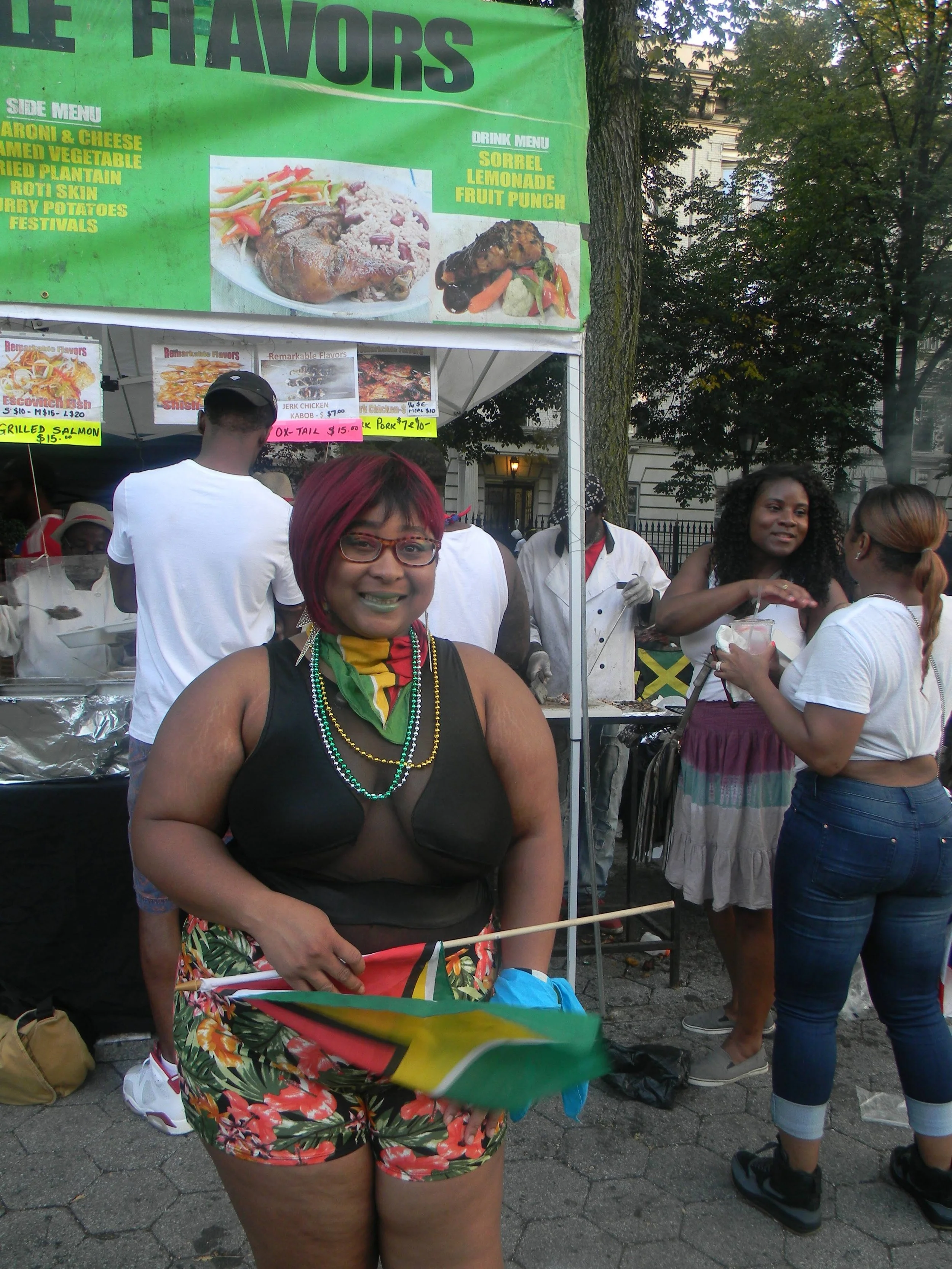A Global Chorus of Celebration and Masquerade
Across the African diaspora, the celebration of culture, ancestry, and community shines brilliantly through vibrant festivals, masquerades, and parades from New York City’s Caribbean Labor Day Parade to Brazilian Carnival, New Orleans Mardi Gras, and Jamaica’s Jonkonnu. These events, though diverse in name and style, share a deep, unifying thread: they are powerful expressions of resilience, cultural pride, and ancestral homage, enacted through music, dance, costume, and ritual.
A Global Chorus of Celebration and Masquerade
In cities like New York, the West Indian Day Parade is a monumental Caribbean cultural event, drawing over a million participants who livestream their rich heritage through colorful steel-pan bands, calypso rhythms, and flamboyant, hand-crafted costumes featuring feathers, beads, and glitter. This Labor Day tradition is a living legacy of Caribbean communities celebrating unity and cultural survival in the diaspora. The parade’s elaborate “mas” bands embody the spirit of masquerade that traces directly back to African and Caribbean ritual traditions.
Meanwhile, on the island of Jamaica, Jonkonnu (also known as John Canoe) emerges every Christmas and New Year as one of the Caribbean’s oldest masquerade traditions with roots in Akan, Yoruba, and Igbo cultures. Participants adorned in masks and costumes—representing kings, queens, tribal characters, and animal forms—move through towns with rhythmic drumming and exuberant dance, telling stories of resistance and cultural survival from slavery through to modern times. Jonkonnu is far more than entertainment; it is a sacred honoring of ancestors and identity, blending African heritage with colonial-era European influences.
Crossing continents, Brazilian Carnival, notably in Rio de Janeiro, echoes this ancestral spirit but on an even grander spectacle. Born from Portuguese pre-Lenten masquerades and profoundly shaped by the Afro-Brazilian religions like Candomblé, Carnival features massive samba parades where dancers don elaborate feathered headdresses, bejeweled bodices, and glittering costumes, performing choreographed dances through the famous Sambódromo. Here, African rhythms and indigenous elements weave with European traditions to celebrate freedom, community, and creativity.
Down south in New Orleans, the Mardi Gras Indians embody an especially rich African diasporic tradition of masquerade that honors Native American allies and African spiritual practices. Their hand-sewn suits adorned with thousands of beads, feathers, and sequins take months if not a whole year to create. The dances, chants, and rituals performed during Mardi Gras parades connect these communities to their spiritual ancestors and cultural roots, acting as resistance and cultural affirmation in a city with a complex colonial and racial history.
Indigenous Connections: Powwow Regalia and Shared Traditions
Beyond African diasporic celebrations, indigenous peoples in North America continue to honor their heritage through powwows—dynamic cultural events featuring dance, music, and regalia deeply symbolic and often hereditary. Powwow dancers wear traditional garb with feathers, headdresses, intricate beadwork, and other adornments that represent their family lineage, tribe, and personal journey. These outfits are made with reverence, and specific rituals surround their creation and use to maintain spiritual balance.
The visual and spiritual resonance of these powwow traditions parallels many elements central to Caribbean and African diasporic carnivals and masquerades. The use of feathers, elaborate costumes, rhythmic movement, and communal storytelling manifest in the Caribbean’s festival “mas” costumes and ritual dances. The shared practice of body painting, the throwing of powder and glitter, chanting, drumming, and ceremonial movement all speak to a pan-diasporic language of resistance, celebration, and healing. This mutual homage creates a living bridge linking African, Indigenous, and Caribbean ancestries and cultures.
Ritual Dance, Costume, and the Body as Ceremony
These festivals are much more than colorful parades; they are ritual performances. Across the diaspora, traditions of dance, chant, and embodied movement function both as artistic expression and spiritual practice. Participants paint their bodies or faces, adorn themselves with beads and feathers, and often throw vibrant powders or paints—a sensory celebration that engages community and individual identity simultaneously.
The act of “masquerading” serves many roles—concealing identity for freedom of expression and protection; invoking ancestral spirits; storytelling through costume and movement; and fostering communal unity through shared rhythm and song. In every region, ritual dances and chants link modern participants to the struggles and triumphs of their ancestors, reminding all present of resilience, liberation, and the power of collective memory.
A Living, Global Heritage of Joy, Resistance, and Kinship
Though these celebrations vary geographically, the core elements endure worldwide: the mask, the adornment, the music, the dance, and the coming together of a community to honor the presence of their ancestors and affirm their cultural identity. Whether in the bright streets of Carnival in Rio, the energetic "mas" bands and steel drums of Brooklyn’s Caribbean festival, the timeless dance of Jonkonnu in Jamaica, or the sacred powwows of Native American tribes, we bear witness to a shared purpose—telling our stories, celebrating freedom, healing history, and looking boldly toward the future.
At Cooking with Ayana LLC, we celebrate this rich mosaic and invite you to recognize these festivities for what they truly are: sacred acts of survival and joy, kinship and culture, resistance and beauty, united across oceans and generations.
So next time you join a parade, dance behind a mask, or adorn yourself in feathers and beads—know you are part of a global chorus of diasporic and Indigenous peoples reclaiming their stories and honoring their ancestors in vibrant, beautiful ways.
Blessings and rhythm from my kitchen to your celebration,
Chef Ayana


